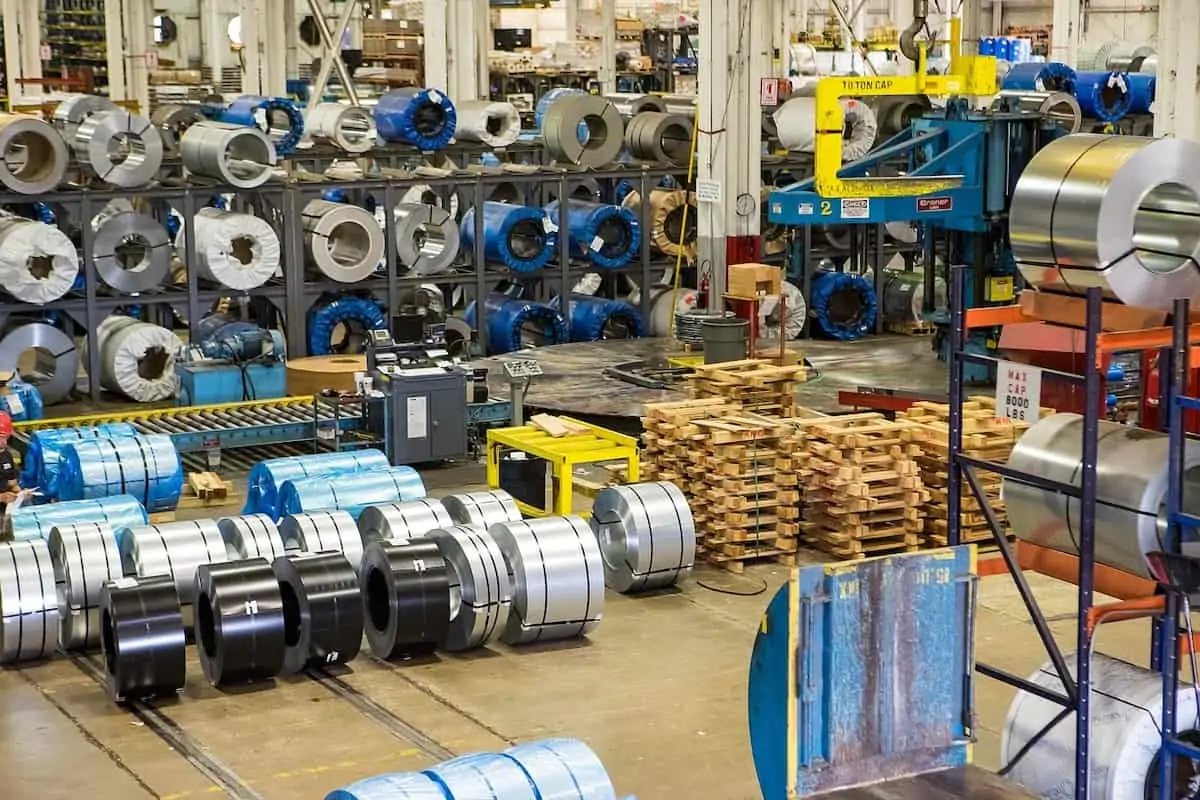Supply chain leaders are continuously looking for inventory management best practices, and the role of technology in the supply chain offers significant advantages.
Instead of relying on traditional, outdated inventory management best practices, supply chain leaders should follow these 11 steps to leverage technology and improve inventory management at last.
1. Use ABC Analysis to Categorize Your Inventory
The use of ABC analysis to categorize inventory is not a new concept. ABC analysis helps supply chain leaders understand stock activities and how space utilization contributes to overall cycle times and productivity.
As explained by DearSystems.com:
“Organizing your stock within your warehouse according to how they sell and how much value they bring your business will help you optimize storage space and streamline order fulfillment.”
Of course, using such analyses requires the natural ability to collect, analyze, track, and manage data relating to space utilization and inventory.
2. Recognize the Relationship Between Sales and Inventory
The next step is simple. Supply chain leaders need to recognize the relationship between sales and inventory. As sales increase, inventory will flow faster.
However, SKU proliferation and globalization of e-commerce make tracking sales feel overwhelming. Again, the role of technology begins to focus on data and its application.
3. Leverage Technology to Understand Inventory Flows
Supply chain leaders need to leverage technology to understand inventory flows. The types of technology available range from RFID-connected sensors through GPS-enabled systems.
As supply chain leaders gain the ability to track more granular detail and data, such information can be processed with advanced analytics capabilities to understand how inventory moves within and outside of your warehouse.

4. Deploy Automation to Reduce the Burden of Inventory Management
With so much information available and the rise of globalized supply chains, inventory management must rise to a new level. Supply chain leaders need automated systems to complete replenishment processes, recognize when trends are on the uptick, and look for ways to avoid problems in fulfillment.
For example, the use of drop shipping could alleviate the concerns of carrying inventory and getting it to consumers, putting that process in the hands of manufacturers.
5. Build a Tech Stack That Enhances Inventory Management
The tech stack within your organization should also enhance inventory management. In other words, legacy ERP systems that do not offer inventory management capabilities or the ability to see inventory across channels should be upgraded.
Furthermore, the tech stack should include inventory management functions within most systems, including labor and logistics management. After all, inventory management best practices must include the putaway and shipping processes needed to ensure inventory levels remain stable.
6. Tackle Surplus Stock
Another issue in the modern supply chain is surplus stock. Surplus safety stock is an archaic idea that was designed when supply chains ran from one end of town to the other. In the global, e-commerce driven economy, the surplus stock is both costly and risky. Moreover, the surplus stock also includes items that have been sent back to the company or do not have the same value as similar products, such as damaged or defective items.
As explained by Fabien Tiburce, CEO of Compliant IA, reports Vend Blog, warehouse leaders should address the damaged or defective surplus stock in these ways:
“Damaged and defective products should be accounted for separately from other inventory. An excess of damaged or defective products may reflect a systemic problem in the supply chain, quality control issues, or problems with the distribution, shipping, and/or storage of products.
If you have no other option, you may need to throw away the product. In that case, you should destroy it. You probably don’t want to leave the sellable product in dumpsters and create a cottage industry of ‘dumpster diving’ around your stores. This will attract unwanted attention and could have a negative snowball effect on the security of your stores and staff.”
7. Manage Inventory Across Physical Locations, Including Brick-and-Mortar Stores
In the omnichannel supply chain world, supply chain leaders need the ability to manage inventory across all physical locations, including brick-and-mortar stores. For organizations taking advantage of buy online, pick up in-store (BOPIS) fulfillment, the ability to manage inventory across physical locations is essential.
8. Remember to Count Inventory in Transit
Tracking inventory while in transit is also critical to the success of the supply chain. Inventory in transit forms a considerable asset for organizations in the global supply chain. Failure to track such inventory
will naturally lead to problems with replenishment strategies.
9. Use Data to Better Manage Lead Times and Plan for Demand
Technology and data also play a role in managing lead-times of transportation needs and allowing for better demand planning to meet changes in the industry. For example, supply chain peak season planning requires advanced data analytics capabilities, and supply chains will start planning for peak season months, if not seasons in advance.
10. Conduct Continuous Reviews of Inventory
The continuous review of inventory forms another best practice in successful supply chain management. Continuous inventory management relies on connected systems to recognize current, real-time inventory levels, and complete replenishment requests without the need for human intervention.
11. Take Advantage of New Order Fulfillment Strategies, I.E., Drop
Shipping, to Reduce On-Hand Inventory
The use of new order fulfillment strategies, such as cross-docking, drop shipping, and even BOPIS fulfillment, can reduce on-hand inventory levels and lower operating costs. Yet, such fulfillment models require
communication and data sharing between consumers, supply chain leaders,
manufacturers, and even carriers.
Inventory management is a major undertaking in the global, increasingly omnichannel economy. Instead of relying on outdated practices, supply chain leaders should follow the above-listed best practices and seriously consider upgrading their systems to take advantage of new technologies.


 EBOOK HERE
EBOOK HERE